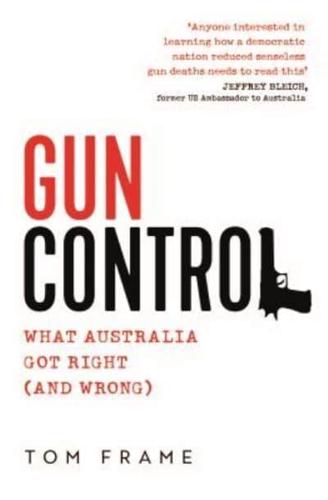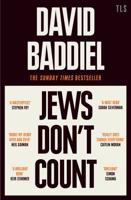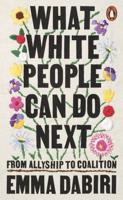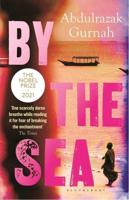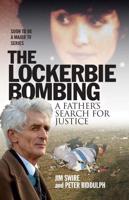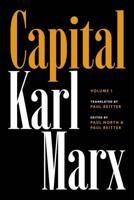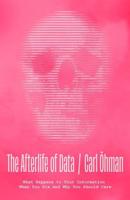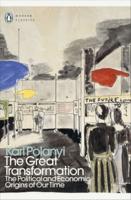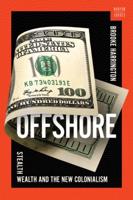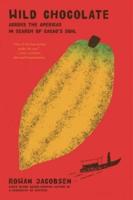Publisher's Synopsis
In the aftermath of the Port Arthur massacre on 28 April 1996 - when a gunman killed 35 people and seriously wounded another 21 in a quiet town in Tasmania - John Howard, a conservative prime minister who had been in office for just six weeks, moved swiftly to revolutionise Australia's gun control laws. The National Firearms Agreement, produced just twelve days after the massacre, with support from all levels of government and across the Australian political divide, but derided by Howard's natural political allies in the US, is now held up around the world as a model for gun control.
Gun Control draws on interviews with those who supported and opposed the new laws, and asks whether the aftermath of the tragedy might have been a lost opportunity to achieve much more than simply preventing a repeat of Port Arthur - vitally important though that was. Tom Frame argues that the mechanisms for amending national firearms agreement are in need of substantial revision alongside the agreement itself. Frame analyses whether the Australian Government achieved its intention, and what it might have done in response to the massacre, and didn't. The book also traces the history of Australian gun usage and control, and compares this with the US experience.
